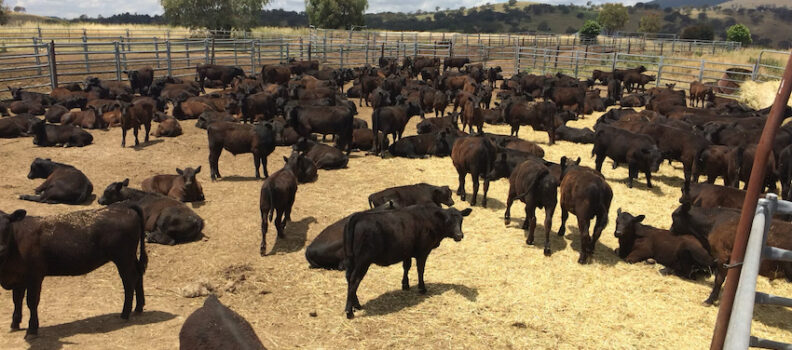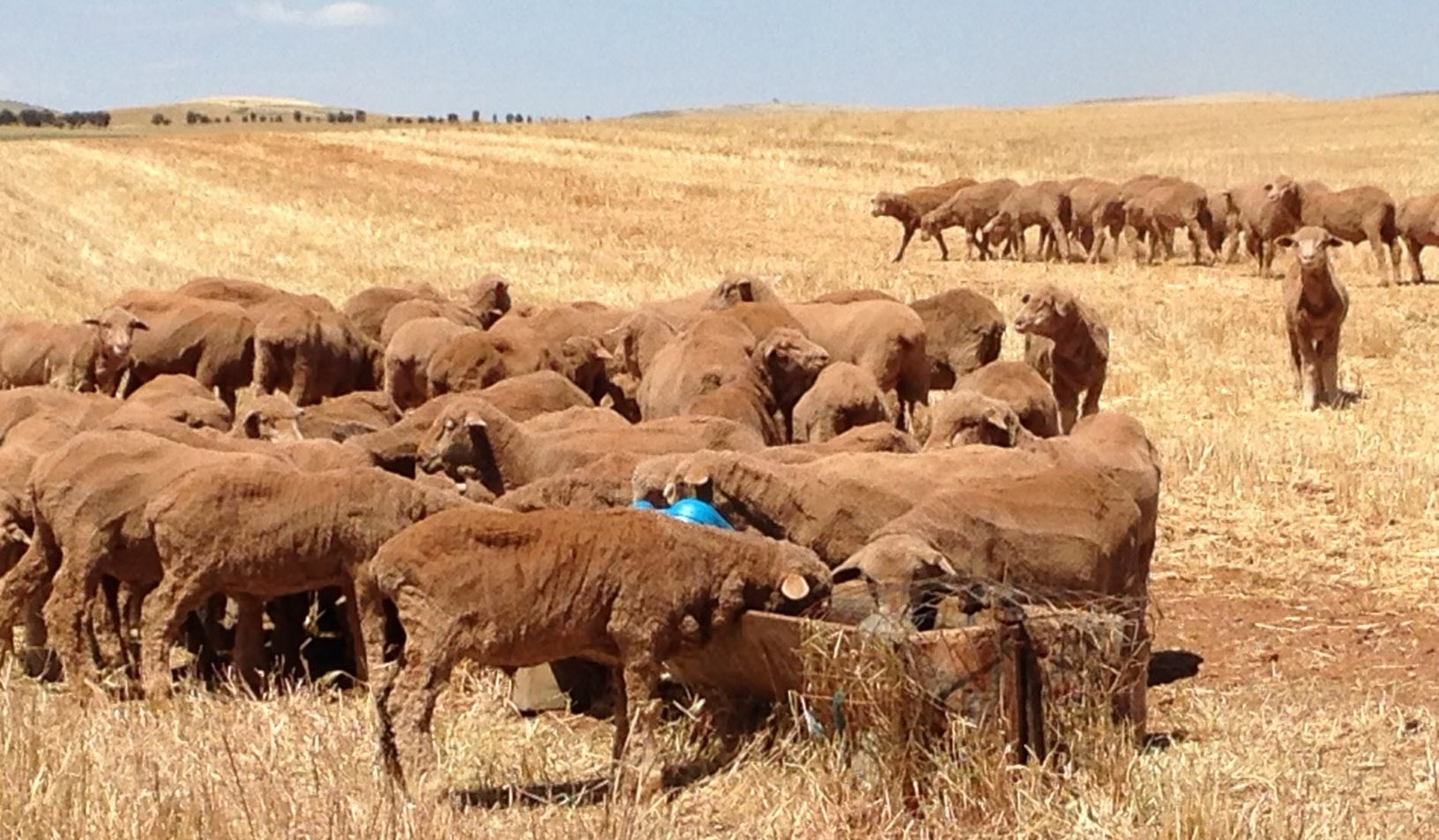Early weaning in dry seasons

With the season turning dry in many regions across Australia, livestock producers are having to assess the carrying capacity of their properties moving forward and be proactive in their decision-making on how they manage their animals’ nutrition requirements.
Early weaning is one way to reduce the pressure on stocking rates in dry seasons.
Nutritionists and vets alike agree that by separating a cow/calf unit, you can reduce DSE from 15 DSE to 10 DSE. This in turn reduces the intake of the cow and preserves condition, which means better weight management to prepare the female for the next joining. This naturally also applies to the ewe/lamb scenario.
The contribution of milk to a young ruminant’s diet declines with time. For example, after 12 weeks a calf obtains 50% of its energy from pasture, so in a dry season it is more efficient feeding the weaner than feeding for milk production.
A 3-step management plan for early weaning
Early weaning is not as simple as just separating a cow and calf or ewe and lamb. To achieve the best results, there needs to be a management plan in place that considers both the nutritional and wellbeing effects of early weaning on the animals.
- Avoid gut upset
To minimise the risk, introduce grain for 4-5 feeds while still on their mothers. Then, slowly transition them to grain in a feedlot over 2-3 weeks. This can be done by making sure they are getting a balanced grain ration with extra protein – for example, include good quality hay or sileage. Also talk to your nutritionist or rural store about buffers for coccidiosis and other health products. - Keep water clean
By cleaning troughs daily, it avoids bacterial contamination and improves water quality. This is also critical if animals are coming from dams to troughs. - Manage stress and immune system
Managing stress and supporting the young animal’s immune system is also key to the success of early weaning. The young animal is encountering completely different surroundings and social circumstances without mum.
Beachport’s Green Cap can help animals to adapt quickly to unfamiliar surroundings, while providing essential trace elements and amino acids for nutritional requirements. This helps the animal’s immune system and stress levels through that transition period. The Green Cap is given through the water supply for three days, with no need for the stress of another injection and lasts in their bloodstream for six weeks.

Beachport Liquid Minerals can be a simple, sustainable, and cost-effective tool in your early weaning management plan. Contact us to talk through your situation and how we can help.
